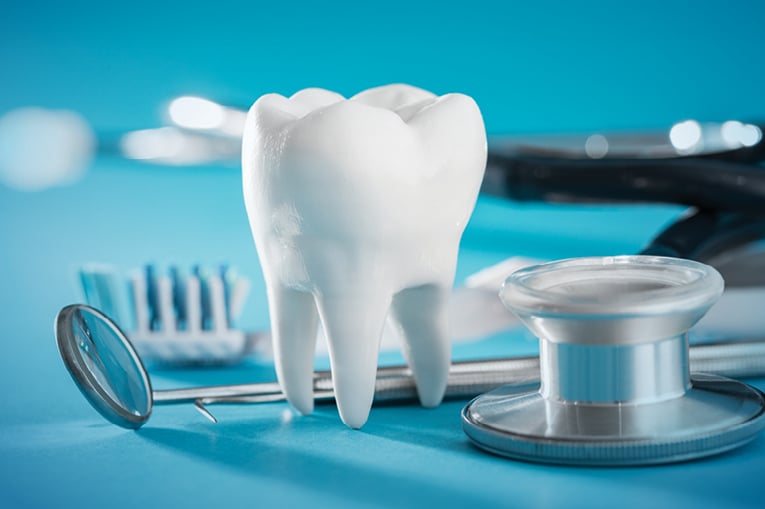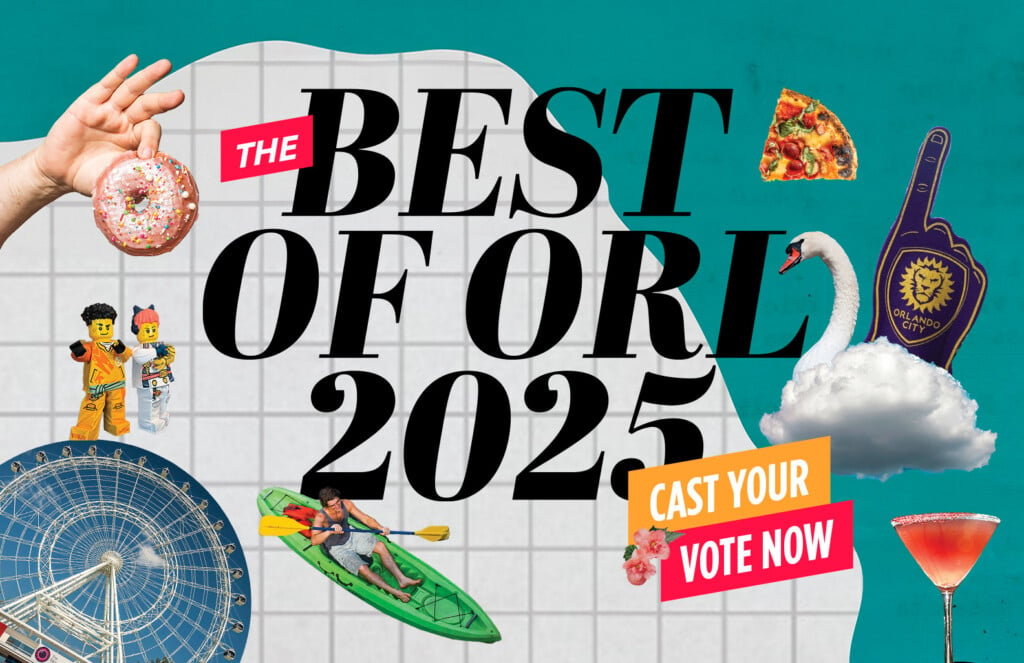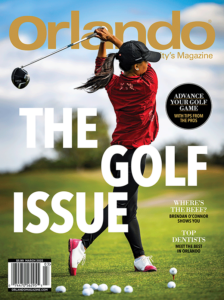Extra Pulp: Weathering the Storm
For Laura Anders Lee—and many of us—enduring the annual hurricane season has become a true lifetime achievement.
I’ve lived with hurricanes my whole life, even in utero. When my mother was five months pregnant with me, Hurricane Frederic blew through our town of Mobile, Alabama, with 130 mph winds. Pine trees snapped in half like pencils. The branches of centuries-old oak trees—bigger themselves than most trees—fell into power lines and onto roads, leaving a mangled mess of debris. My parents were trapped inside their neighborhood for a week without power.
Yet they managed to make the most of it. They had survived; their 19th-century duplex had survived. Neighbors cleaned out their freezers, dragged out their grills, and ate chicken and shrimp in the streets. They took turns cooking and showering at the one house on the block with natural gas. And everyone, excluding my pregnant mother, drank lots of beer kept cold on FEMA ice.
Now, with a family and property of my own, I understand the severity of storms. But as a child growing up on the Gulf Coast, I had a rather romantic view of hurricanes. For my brother and me, hurricanes meant Dad coming home early, sleeping on a mattress in the hallway, eating junk food, and playing card games by lantern light. During one storm, my mother plucked us out of bed and took us to our screened-in porch. In the safety of her lap, I felt the power of the wind and watched the whitecaps on the normally calm bay. The next morning, we loaded up in my dad’s car and went for a drive to assess the damage. One image still stands out in my mind—the winds had peeled the white paint completely off our neighbor’s picket fence.
As a newlywed, I had a close call with Hurricane Katrina. My husband, Bryan, and I met my parents in New Orleans for a long weekend. We were so absorbed with the city, we were oblivious to the danger lurking just offshore. We woke up Sunday to the news that Katrina had not only strengthened to a Category 5 overnight, it was coming straight for New Orleans. My dad rushed us to the airport, where we managed to get the last two seats on the very last flight out of the city. Throughout the stressful process, Southwest Airlines employees remained calm, kind and even funny.
Today, we have become the parents and protectors. While living in North Alabama, tornado sirens went off in the middle of the night. We grabbed baby William and little Anders from their beds and ran down two flights of stairs to the basement. While my heart thumped loudly in my chest and my senses stayed on high alert, the boys slept soundly next to me.
After moving to Orlando, we had another scare. In October 2016, Hurricane Matthew was expected to hit Brevard County as a Category 5. When Disney World closed for only the fifth time in its history, we knew it was serious. We took in a friend, her daughter, and their elderly greyhound from Satellite Beach and hunkered down at our house in Celebration. We set up a pallet for the kids under the stairs, and just as my parents did for me, we made the whole experience seem fun instead of dire.
When a storm is coming, I long for a crystal ball. I become obsessed with The Weather Channel. I stay glued to the television or my iPhone, but the news—the waiting—is painfully slow. Time seems to stand still, and I’m acutely aware of all the things I cannot control. It’s similar to how I’ve felt with the coronavirus.
This spring, the public panicked just like when a hurricane is coming. Grocery store shelves were bare; there were no eggs, bread, milk or peanut butter. We didn’t know what to do in a pandemic, so we drove to the grocery store with blind determination.
Except that in a crisis, we’re really not powerless. We can’t be helpless when we have the ability to help others. We can be the caring neighbor or the generous volunteer or the thoughtful friend. In the uncertainty of a storm, we can be the anchor for our family, our friends, or even a complete stranger.
Sometimes it takes a monumental event to jolt us out of our little worlds and see the big picture.
If we’ve learned anything from 2020, it’s that human life is extremely valuable. But it’s also extremely fragile. What matters most is the people around us. What matters most is our kindness. How we treat others is the most important thing we will ever do.




